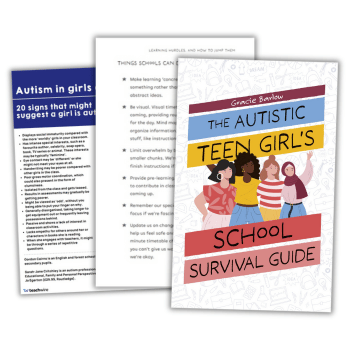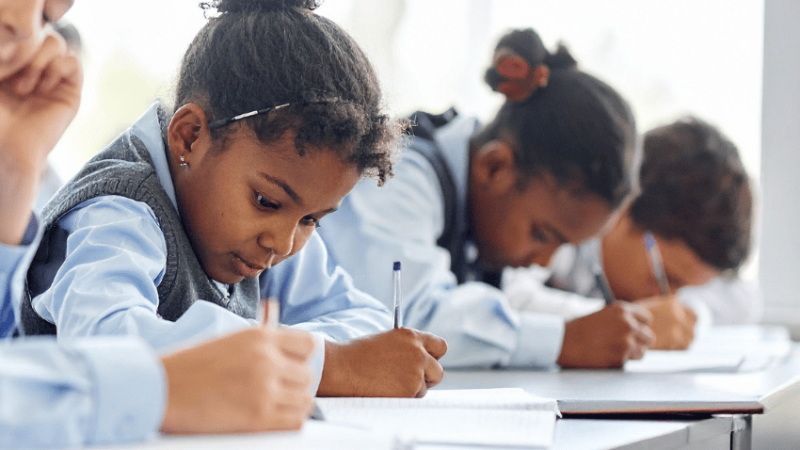SEN – Whole-class activities to help children with Special Educational Needs make progress

Are bubbles making it tricky to offer SEN interventions? Help all children to make progress with these whole-class activities…

Even if you’re a ‘glass half-full’ kind of person, there are bound to be challenges as we continue to navigate our way through the pandemic and the restrictions it imposes on our lives and the lives of every young person in our schools.
We still need to implement measures to stem the spread of coronavirus while creating an environment in which children can continue to learn, share and play without compromising on safety.
While teachers and pupils are now used to working in Covid-secure bubbles to limit the spread of infection, it’s important these restrictions don’t limit pupils of all abilities to get the educational provision and make the learning progress they deserve.
SEN support
The disruption to classroom education this year has exacerbated educational inequalities, and the gaps between learners with special educational needs and their peers are often wider than ever. Addressing these gaps is all the more difficult with school staff largely restricted to their bubbles.
It’s not always possible to take individuals or small groups of pupils out for specific learning activities with a TA, class teacher, SENCo or other specialist offering extra help.
As a teacher you’re probably finding yourself having to stay put in one classroom and cater for every child’s needs – the least able, the most able and those in between – all at the same time.
It can be harder to differentiate when you’re not in your usual educational setting, and you’re without the option of enabling small groups of pupils to work away from the classroom as easily.
Teachers are a creative bunch, however. Here are some back-to-basics techniques you can use to support children with a range of special educational needs, all in one classroom.
SEN memory games
Exercises designed to boost a child’s memory capabilities help them retain learning, and help you cement the building blocks of each child’s progress. By repeating concepts, pupils embed knowledge into their long-term memory stores.
Fun activities which get children practising core skills such as phonics, times tables and other core skills, are very valuable for pupils with processing difficulties but can also be enjoyable for the whole class.
A quick-fire memory game such as ‘I went to market and I bought…’ is a fun and interactive way to start the day and helps to get the brain firing on all cylinders.
Sensory impairment
Certain learning resources, typefaces and backgrounds are well suited to children with reading difficulties, and many schools have created dyslexia-friendly classrooms. However, adaptations which encourage children to use all their senses enable you to respond to a full range of learning preferences in one classroom bubble.
Children who find it difficult to recognise letters of the alphabet, for example, can embed their learning with all of their senses by using physical resources such as alphabet pebbles. Saying and hearing letters, tracing over them with a finger, and tracking letters and sequencing them in alphabetical order can all be useful activities.
Similarly, if possible, try and up your usage of physical objects like counters, Numicon, Cuisenaire rods and base ten blocks in number-based work. Using a multisensory approach is useful for children of all abilities and ages, as utilising all of the senses really helps to embed learning.
SEN provision post-Covid
Children have lived through a range of experiences during the pandemic, and this may have affected their confidence in communicating with others. They may need the time and space to reintegrate into school life and rebuild the good learning behaviours that might have ‘slipped’ during disruptions to the school day.
Activities such as circle time can help children find their voice in the classroom, and it’s a great way to encourage them to talk, listen and remember that they need to take turns. Pupils should be afforded time to talk to each other too. Unstructured times have never been more important.
There’s no underestimating the challenge of supporting all children under the coronavirus safety restrictions and helping them recover lost learning. However, by using techniques which work for children of all abilities in one setting, we can make sure no pupils get left behind.
Pamela Hanigan and Rachel Gelder founded Lancashire Dyslexia Information, Guidance and Support in 2014. They are joint authors of Lexplore Intensive, a new programme which supports teachers and TAs to further develop pupils’ reading ability.











